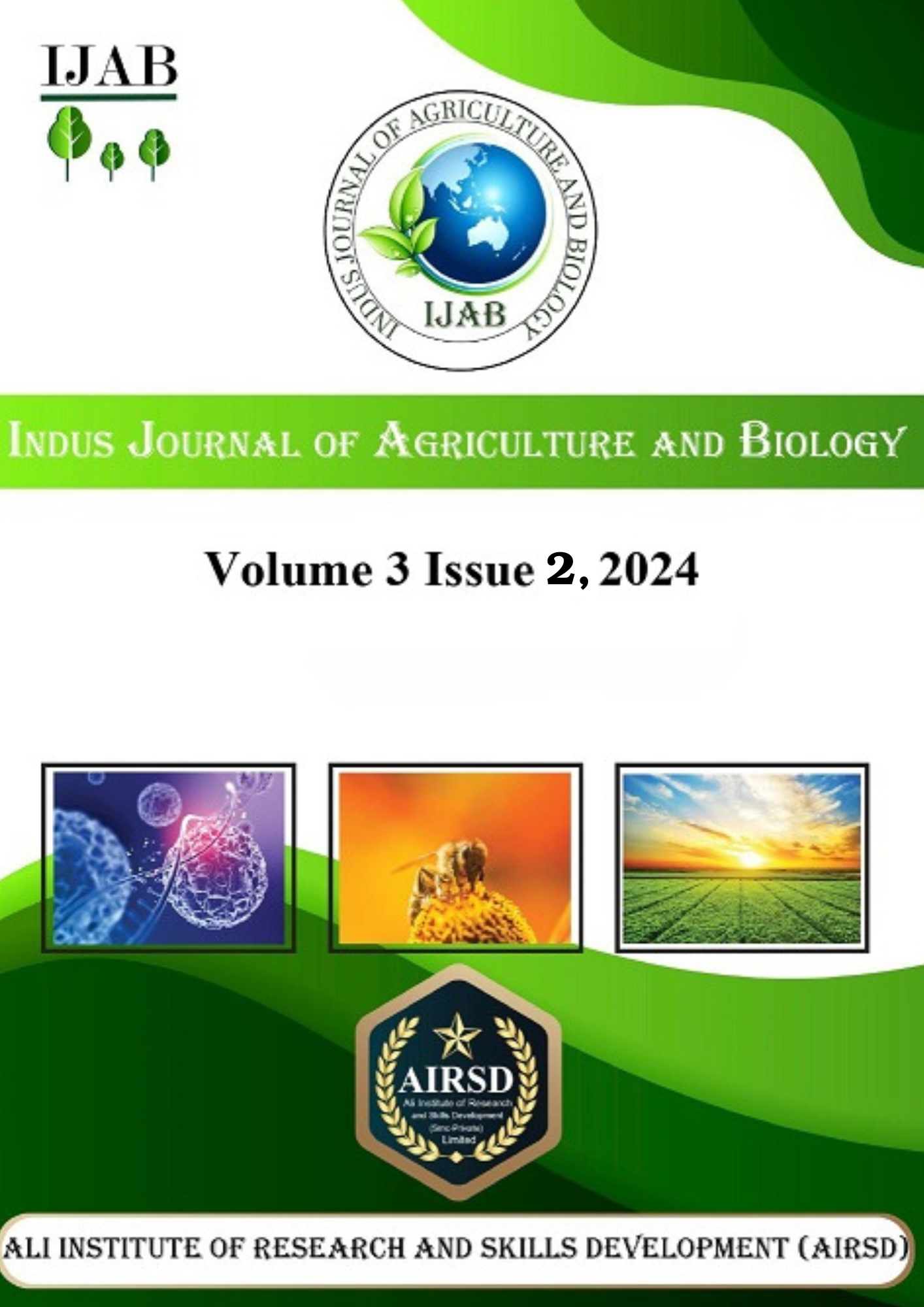Improving Blood Transfusion Safety: Addressing the Risk of Transfusion-Related Acute Lung Injury (TRALI)
Keywords:
TRALI, Blood Transfusion Safety, Donor Antibodies, Plasma Transfusion, Leukoreduction, Transfusion OutcomesAbstract
Transfusion-related acute lung injury (TRALI) remains one of the leading causes of transfusion-associated morbidity and mortality, necessitating an evidence-based, multidimensional approach to its prevention. This study retrospectively examined 198 TRALI cases and 396 matched controls across three tertiary care hospitals to identify clinical, procedural, and institutional risk factors. TRALI cases were associated with significantly higher volumes of transfused blood products—particularly plasma and platelets—and a greater frequency of transfusions involving female and multiparous donors. Donor anti-HLA antibody positivity was identified in 28.3% of TRALI cases compared to 10.6% in controls. Logistic regression analysis identified anti-HLA antibody positivity (adjusted OR = 3.42, p < 0.001), prolonged blood storage (>14 days) (OR = 2.11, p = 0.002), and recipient sepsis (OR = 1.67, p = 0.014) as independent predictors of TRALI.Incidence rates of TRALI differed based on organizations practices in a hospital. Hospitals that had adopted leukoreduction precept as well as subjected donors to strict screening processes recorded a lesser TRALI incidence. Out of those suffering from TRALI, 86.4% required assisted breathing, 62.8% were hospitalized in ICU for more than five days and had a 30-day mortality rate of 28.2%, significantly greater than comparison groups – demonstrating the poor prognosis. Bar and line charts created through visual analytics showed a difference in donors, modes of transfusion, comorbidity, and patient outcomes, supporting conclusions of the study. These results demonstrate that TRALI is the consequence of multifactorial immunologic factors, transfusion practices, and patient characteristics, rather than overloading transfusion volume. It is obvious for individuals who are at a higher risk that there is the need for uniform transfusion policies and regular surveillance, and donor checks are necessary as proposed by the study. The containment of TRALI risk and enhancement of transfusion safety call for the needed priority towards utilization of clinical decision support tools and patient blood management strategies.











